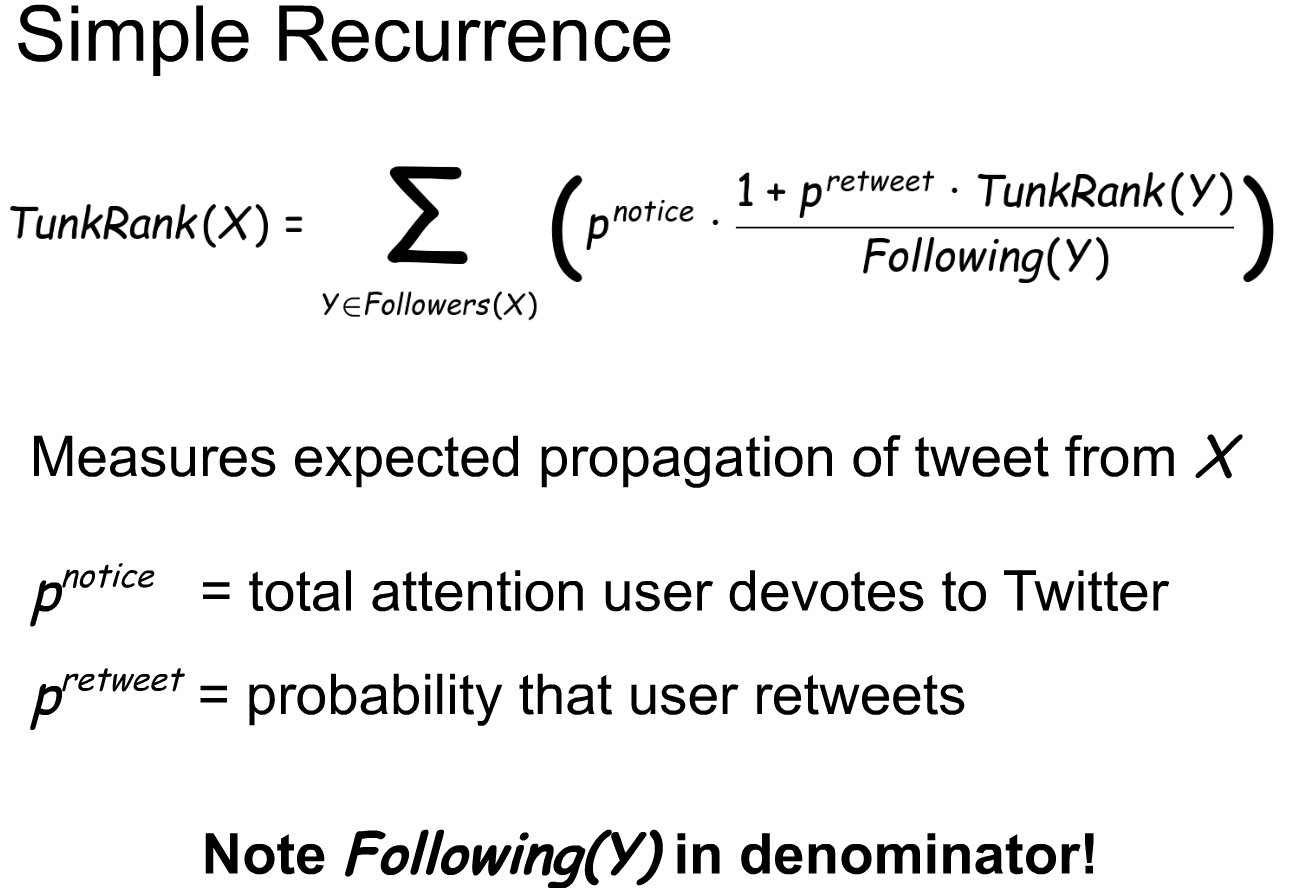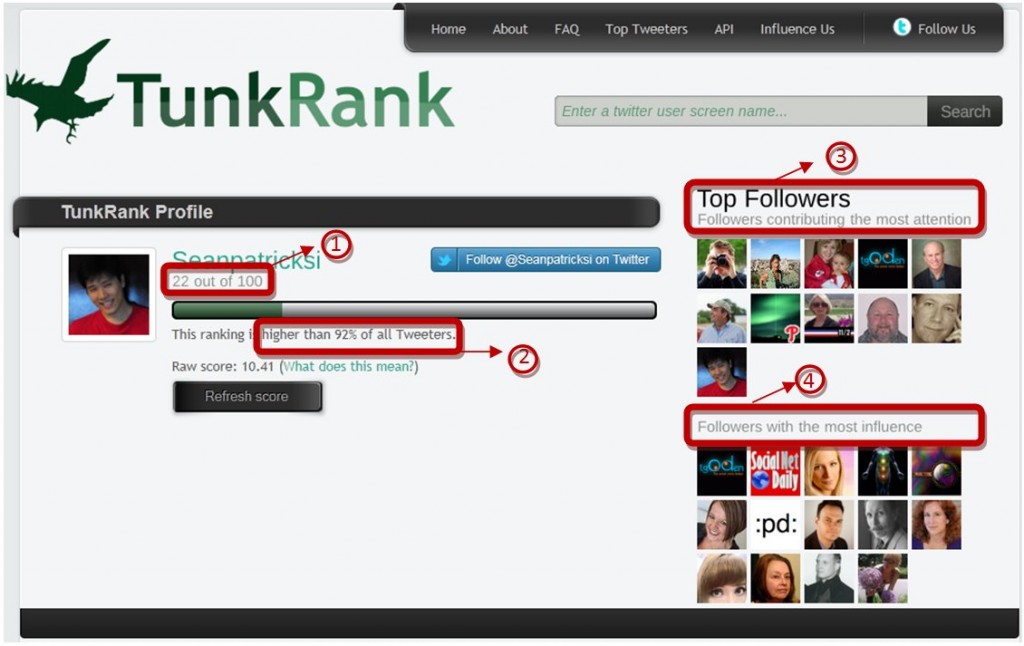How to Measure your Twitter Influence and Why you Should
Twitter is one of the most used social networking sites around. Measuring your Twitter influence has now been one of the things to look out for especially now that we know that Google is taking Twitter’s social signals into account.
There is actually a website that now enables you to roughly measure your Twitter influence. The metric name is TunkRank – something like Google PageRank but it’s used for Twitter. Interesting.
If you’re the type who likes to get your hands dirty on analytics, you should check this out.
TunkRank has two basic ideas behind their influence metric (taken from Trunkrank.com/about)
1. The amount of attention you can give is spread out among all those you follow. The more you follow, the less attention you can give each one.
2. Your influence depends on the amount of attention your followers can give you.
Your TunkRank score is a reflection of how much attention your followers can both directly give you and how much attention they bring you from their network of followers.
It Ain’t Simple Math
Measuring your Twitter influence is tricky. TunkRank seems to have pulled it off albeit roughly.They’re still in the tweaking stage – especially since Twitter has kept updating their API lately.
TunkRank has a pretty simple way of telling you solidly how influential you are. They have a 1-100 metric, in which case, 100 is the highest (most influential) and 1 is the lowest (least influential). The rate of influence doubles with every 7 points such as how Google’s PageRank score exponentially increases for every 1 point increase.
What’s the algorithm behind TunkRank? Well it’s based on Daniel Tunkelang’s proposed Twitter influence algorithm (taken from The War on Attention Poverty: Measuring Twitter Authority)
So as you can see, it’s not as complicated as Google’s PageRank algorithm because it’s still in its early stages. In fact, I do not completely agree with some of the results that I have found in their TunkRank Tool. I think it still needs some tweaking and re-thinking. But all in all, I like the idea that Twitter influence can now be concretely measured. In fact, I did some measuring for my Twitter account and here’s what I’ve got:
My SeanPatrickSi Twitter account stats:
Following: 2,182
Followers: 1,983
Tweets: 4,436
Now as you can see in the picture, my TunkRank score is 22 of 100 which, according to its system, puts me in the 92nd percentile of all Twitter users. Does this mean I have an authority of 92%? No. It only means that I have more authority than 92% of all Twitter users – which points out that most Twitter users have crap authority.
My raw score is 10.41 – which I believe is taken from the results if the TunkRank algorithm computation with my stats.
What I like about this tool is that it also highlights the top contributors that I have in my Twitter account as well as the Twitter users with the highest authority/influence who are following my account.
Gaming
The algorithm is too simple and is too public to remain as is. Right now the system can most definitely be gamed – as what we have experienced with the Google PageRank system. Now, if Google and other major search engines such as Yahoo and Bing are using social signals to influence their ranking algorithm, then gaming your Twitter influence can be part of gaming your search engine rankings, is it not?
Is Google using the TunkRank system? I don’t know. But what I do know is that this model can work – it just needs a little more tweaking with how its algorithm would flow. It needs more data input than just followings, followers and tweets and retweets. Just like how Google made their PageRank system complicated. But as of now in its early stages, keeping an eye on your Twitter account’s TunkRank would be a good idea. Who knows? Maybe Google does really use this metric to identify who’s tweet to consider and give more weight to.
Looking at Social Signals
Lately the search engines have been looking at developing their algorithm further into adopting to the latest trends and measurements. Right now the trends are leaning towards social media and how they affect human activity and trust. Social signals are now one of the things that search engines look at when determining ranking – at least for a time being.
Check out why Twitter is one of the best places to be when optimizing your social signals through this post by Jason Acidre.


